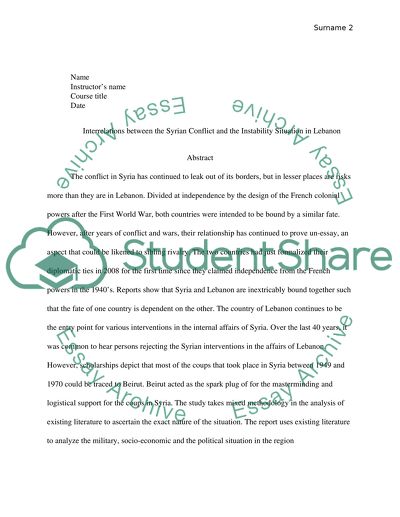Cite this document
(“Interrelations Between the Syrian Conflict And the Instability Research Proposal”, n.d.)
Retrieved from https://studentshare.org/social-science/1676566-interrelations-between-the-syrian-conflict-and-the-instability-situation-in-lebanon
Retrieved from https://studentshare.org/social-science/1676566-interrelations-between-the-syrian-conflict-and-the-instability-situation-in-lebanon
(Interrelations Between the Syrian Conflict And the Instability Research Proposal)
https://studentshare.org/social-science/1676566-interrelations-between-the-syrian-conflict-and-the-instability-situation-in-lebanon.
https://studentshare.org/social-science/1676566-interrelations-between-the-syrian-conflict-and-the-instability-situation-in-lebanon.
“Interrelations Between the Syrian Conflict And the Instability Research Proposal”, n.d. https://studentshare.org/social-science/1676566-interrelations-between-the-syrian-conflict-and-the-instability-situation-in-lebanon.


